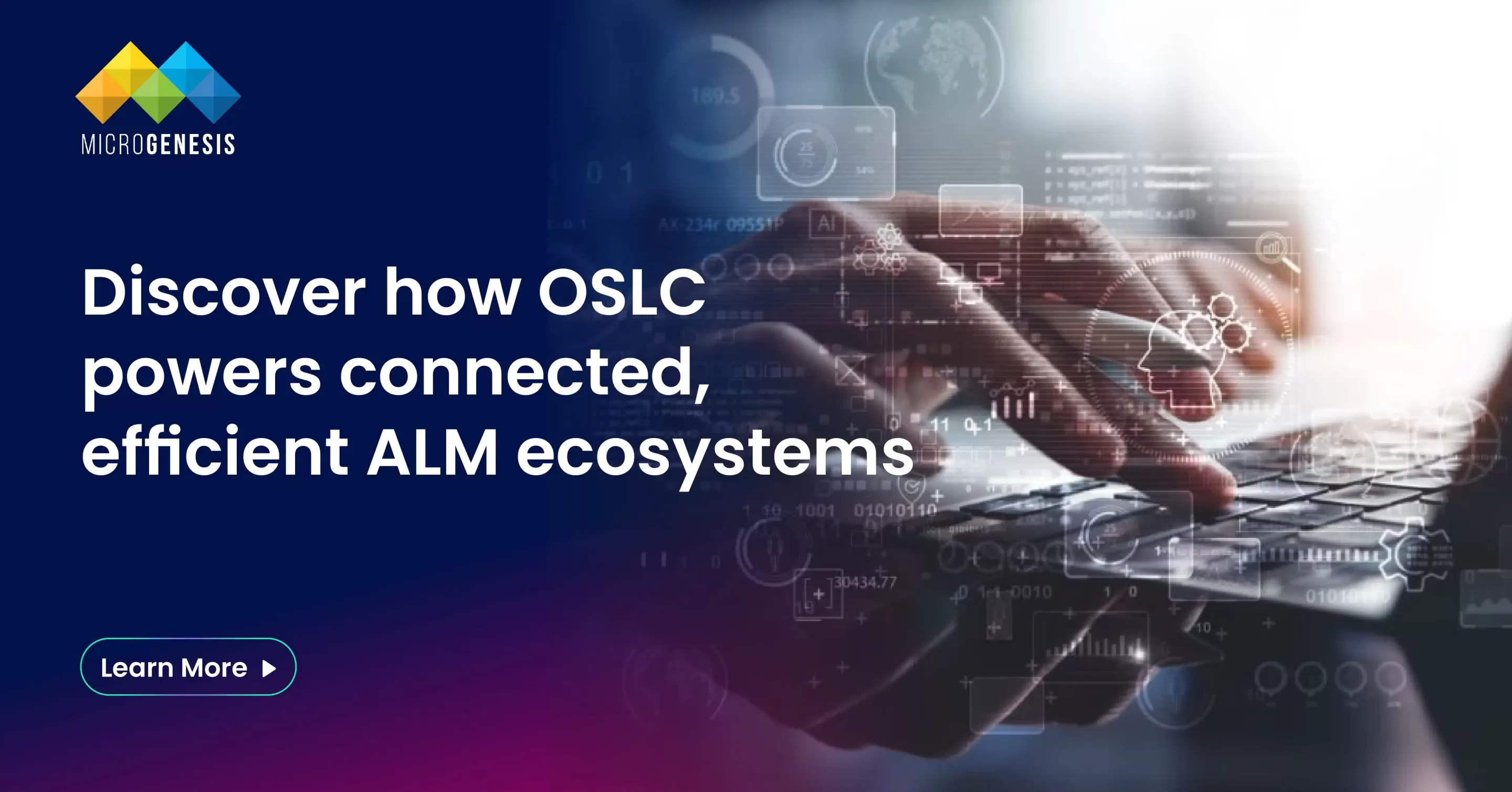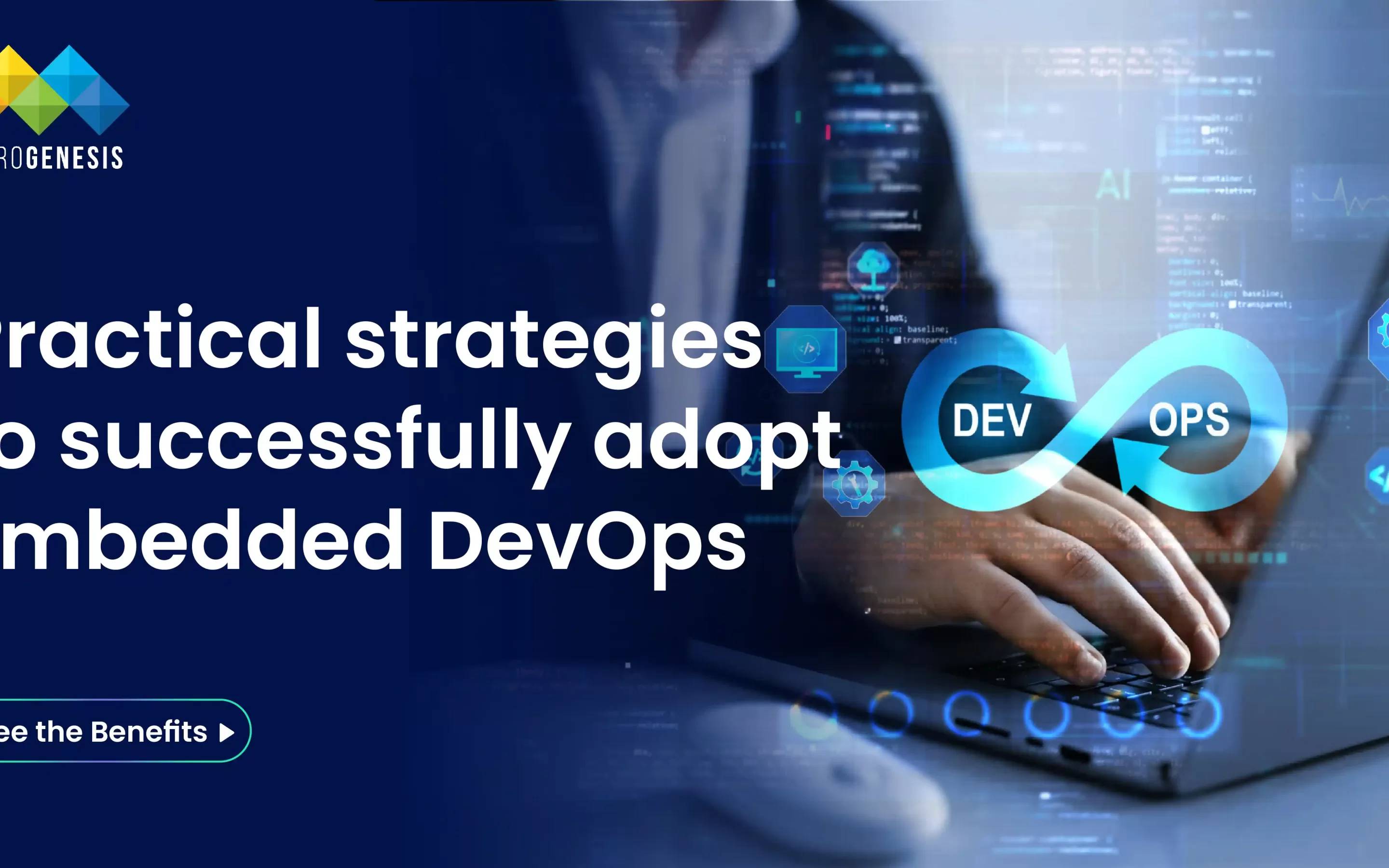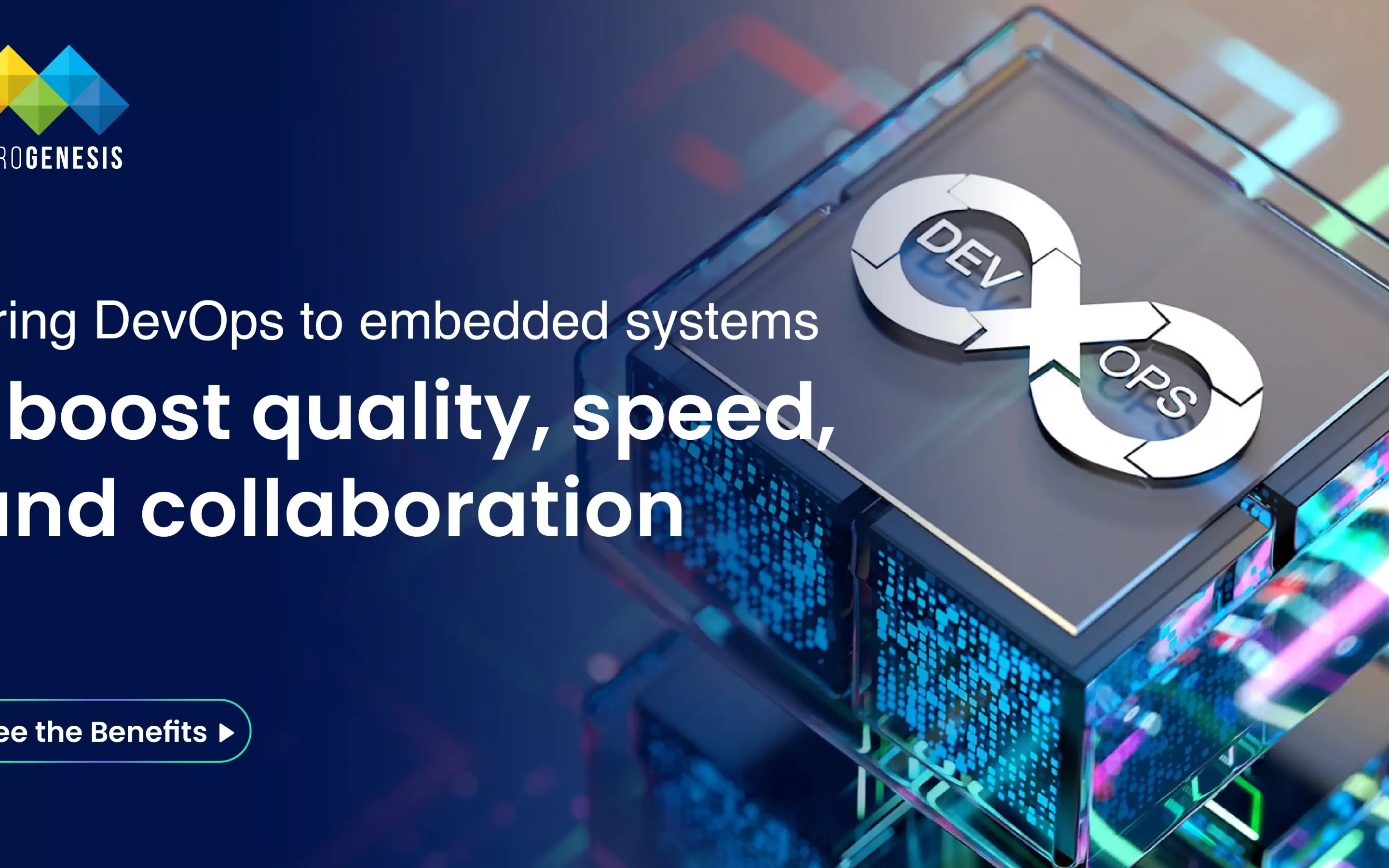In the modern software development ecosystem, integration is no longer a luxury—it’s a necessity. As organizations increasingly rely on diverse tools across the Application Lifecycle Management (ALM) spectrum, the ability for these tools to work together seamlessly is critical. However, integration often means complex, expensive, and brittle custom connectors.
Enter OSLC (Open Services for Lifecycle Collaboration)—an open standard designed to make ALM integration simpler, more flexible, and more sustainable. It’s not just another API protocol—it’s a philosophy and a framework for interoperability that empowers organizations to break down tool silos and enable true lifecycle collaboration.
In this article, we’ll dive deep into what OSLC is, why it matters, how it works, and how it can serve as the backbone of your ALM integration strategy.
1. The Problem OSLC Solves
Most organizations use a combination of specialized tools to manage the different phases of the software lifecycle:
- Requirements Management: IBM DOORS, Jama, Polarion
- Development & Source Control: GitHub, GitLab, Azure DevOps, Bitbucket
- Testing & Quality Assurance: Jira, TestRail, Zephyr
- Change & Configuration Management: ServiceNow, ClearCase, Rational Team Concert
While each tool excels at its specific task, they often operate in silos. Without integration, valuable context is lost—requirements aren’t linked to tests, defects aren’t tied to specific commits, and compliance traceability becomes a manual nightmare.
Traditional point-to-point integrations are:
- Expensive – Each new integration requires custom development.
- Fragile – Tool upgrades often break integrations.
- Inflexible – Changing tools means starting integration efforts from scratch.
OSLC was created to solve these issues by standardizing how lifecycle tools share and link data.
2. What is OSLC?
OSLC stands for Open Services for Lifecycle Collaboration. It is an open, community-driven set of specifications that define how software lifecycle tools can integrate by sharing data and establishing traceable relationships.
At its core, OSLC provides:
- Common data models for lifecycle artifacts (requirements, change requests, defects, test cases, etc.).
- Standard RESTful interfaces to access and manipulate those artifacts.
- Linking mechanisms to connect related artifacts across different tools without duplicating data.
Instead of trying to force all tools to use the same database or import/export formats, OSLC allows tools to remain independent but still work together through lightweight web-based links.
3. The Origins of OSLC
OSLC started in 2008 as an initiative led by IBM and other industry players to address the pain of integrating their own tools. Over time, it evolved into a vendor-neutral specification hosted by the OASIS standards body.
The key design principles from the beginning were:
- Minimalism – Keep it simple to encourage adoption.
- Linked Data – Use W3C standards like RDF and URIs to connect artifacts.
- Decentralization – Let each tool manage its own data.
- Openness – Ensure any vendor or open-source project can implement it.
4. How OSLC Works
OSLC builds on familiar web standards to make tool integration straightforward:
4.1 RESTful Services
OSLC uses REST APIs with standard HTTP verbs (GET, POST, PUT, DELETE) to access and manipulate resources.
Example:
http
CopyEdit
GET https://requirements-tool.com/oslc/requirements/123
Accept: application/rdf+xml
4.2 Linked Data
Artifacts are uniquely identified by URIs, just like web pages. Instead of copying data, OSLC tools link to each other’s resources.
Example:
- Requirement REQ-123 → linked to Test Case TC-456 → linked to Defect BUG-789
4.3 Resource Shapes
These define what properties a resource can have, allowing tools to understand each other’s data models.
4.4 Delegated UIs
OSLC supports embedding a remote tool’s UI in another tool—so you can, for example, pick a requirement from within a test management tool without leaving it.
5. OSLC Domains and Specifications
OSLC isn’t a single monolithic spec—it’s a family of domain-specific specifications.
Some key OSLC domains include:
- Requirements Management (RM) – Defines how to represent and link requirements.
- Change Management (CM) – Defines change requests, tasks, defects, etc.
- Quality Management (QM) – Defines test cases, test results, test plans.
- Configuration Management (Config) – Manages versioned resources across tools.
- Automation (Auto) – Describes build and deployment tasks.
Each domain builds on the OSLC Core specification, which covers authentication, resource discovery, and linking.
6. Benefits of OSLC in ALM
6.1 Reduced Integration Cost
One OSLC-compliant API can connect to multiple tools without writing custom adapters for each.
6.2 Improved Traceability
Links between artifacts provide end-to-end visibility from requirements to deployment.
6.3 Tool Flexibility
You can swap out tools without rewriting all your integrations—just connect the new tool via OSLC.
6.4 Real-Time Data Access
Instead of periodic imports/exports, OSLC enables live access to up-to-date data.
6.5 Vendor Neutrality
Because it’s an open standard, OSLC prevents vendor lock-in.
7. OSLC in Action: Example Scenarios
Scenario 1: Requirements to Test Cases
A tester working in a Quality Management tool can view the requirements directly from the Requirements Management tool via OSLC links. When a requirement changes, linked test cases are automatically flagged for review.
Scenario 2: Defects Linked to Code
A defect in Jira is linked to a specific commit in GitLab using OSLC. A developer can click the link to see exactly what code was changed to fix the defect.
Scenario 3: Regulatory Compliance
OSLC links provide auditors with traceability chains that connect requirements, design documents, tests, and deployment records—critical in industries like aerospace or healthcare.
8. OSLC vs. Other Integration Approaches
| Approach | Pros | Cons |
| Point-to-point APIs | Flexible for specific needs | Hard to scale, high maintenance |
| Data synchronization | Centralized data store | Risk of data duplication/conflicts |
| OSLC | Standardized, lightweight, live data | Requires tool support |
OSLC isn’t the right tool for every integration case—if you need deep data transformation or high-volume ETL, it may not be the best fit. But for traceability and cross-tool collaboration, it’s hard to beat. With the right ALM services, organizations can harness OSLC to connect tools, improve traceability, and enable smarter collaboration across the software lifecycle.
9. Challenges and Limitations
No technology is without its challenges. OSLC adoption can face:
- Tool Support Gaps – Not all vendors fully implement OSLC.
- Learning Curve – Understanding linked data concepts can take time.
- Security Complexity – Authentication across multiple systems needs careful design.
- Standard Evolution – OSLC specs continue to evolve; keeping up can be a challenge.
10. Best Practices for Adopting OSLC
Adopting OSLC successfully is not just about implementing the technical specifications—it’s about changing the way your teams think about integration. While OSLC is lightweight and flexible, getting the most value out of it requires a methodical, staged approach. With the right ALM consulting services, organizations can ensure smooth OSLC adoption, stronger collaboration, and long-term scalability.
Below is an expanded set of best practices, including real-world considerations, pitfalls to avoid, and tips for making the transition smooth.
1. Start Small with a Pilot Integration
- Why: It’s tempting to declare an “OSLC for everything” initiative, but large-scale integration projects often stall under their own complexity.
- How:
- Choose two tools that have strong OSLC support (e.g., a Requirements Management tool and a Test Management tool).
- Define a single use case—such as linking requirements to test cases—and implement just that.
- Measure the benefits: How much faster are teams working? How much easier is traceability?
- Pro Tip: Document your pilot success story. It will help you get buy-in for wider adoption.
2. Leverage Existing OSLC SDKs, Adapters, and Connectors
- Why: Building an OSLC implementation from scratch is unnecessary when open-source and vendor-provided SDKs already exist.
- How:
- Look for OSLC SDKs in Java, Python, or JavaScript that provide ready-made classes for resource creation, discovery, and linking.
- Check if your tools already have OSLC adapters or connectors available—some vendors ship them by default.
- Evaluate third-party integration hubs that speak OSLC and can connect multiple tools with minimal coding.
- Pro Tip: Even if you plan to build custom connectors later, starting with a prebuilt SDK helps you understand the core patterns quickly.
3. Design Authentication and Authorization Early
- Why: OSLC integrations often fail not because of technical incompatibility, but because of mismatched or poorly planned authentication mechanisms.
- How:
- Use OAuth 2.0 whenever possible—it’s the recommended method for OSLC and provides secure, token-based access.
- Plan for cross-domain authentication—many OSLC-enabled tools are hosted on different domains or clouds.
- Establish role-based access control to ensure users only see what they’re allowed to.
- Pro Tip: Involve your security and compliance teams early to avoid painful surprises later.
4. Favor Linking Over Data Synchronization
- Why: The core philosophy of OSLC is “linked data, not duplicated data”. Synchronizing data between tools often leads to conflicts, inconsistencies, and wasted storage.
- How:
- Create lightweight links between artifacts instead of copying data into multiple tools.
- Use OSLC delegated UIs to let users interact with remote artifacts without leaving their primary tool.
- Only sync when absolutely necessary—such as for offline reporting or regulatory archives.
- Pro Tip: Emphasize to stakeholders that OSLC is about visibility, not about creating yet another giant database.
5. Actively Participate in the OSLC Community
- Why: OSLC is an evolving standard, and its community is the best place to learn best practices, get answers, and influence future features.
- How:
- Join the OASIS OSLC Member Section or follow their public discussions.
- Participate in OSLC working groups for your specific domains (e.g., Change Management, Requirements, Quality Management).
- Share your use cases and challenges—many have already been solved by others.
- Pro Tip: The community often provides reference implementations and testing tools that can save you weeks of effort.
6. Document Your Integration Architecture
- Why: As OSLC links become part of your organization’s “nervous system,” losing track of how they’re structured can make troubleshooting difficult.
- How:
- Keep a central record of what tools are linked, what domains they use, and what link types exist.
- Use OSLC service discovery mechanisms to automate inventory where possible.
- Maintain sequence diagrams for complex integration workflows.
- Pro Tip: Treat OSLC link mappings like an API contract—version them and review changes carefully.
7. Monitor and Audit Links Regularly
- Why: Over time, links can break due to tool migrations, URL changes, or decommissioned projects.
- How:
- Schedule periodic link validation checks using OSLC queries.
- Integrate monitoring into your CI/CD pipelines for automated verification.
- Create dashboards that visualize traceability health across tools.
- Pro Tip: Flag broken links early—they often indicate deeper process breakdowns.
Learn more: How to Transition from Traditional Development to ALM
8. Train Teams on the “Linked Data” Mindset
- Why: If your developers, testers, and business analysts think of OSLC as “just another API,” they’ll miss its real value.
- How:
- Run workshops explaining how linked artifacts work and why avoiding duplication is beneficial.
- Show real-world navigation flows (e.g., clicking from a defect to its related requirement in another tool).
- Promote OSLC-enabled workflows in your internal documentation.
- Pro Tip: The more your teams understand the benefits, the more they’ll actively request OSLC-enabled integrations.
9. Build for Extensibility
- Why: Today you may only need requirements-to-tests integration, but tomorrow you may want to add defect tracking, configuration management, or even external partners.
- How:
- Use OSLC’s discovery features so new tools can be added without hardcoding URLs.
- Keep your integration logic modular and avoid embedding tool-specific hacks.
- Maintain backward compatibility in your OSLC resources whenever possible.
- Pro Tip: Think of OSLC adoption like city planning—leave room for new “roads” and “buildings” without tearing down the existing ones.
10. Measure Success and Iterate
- Why: Without metrics, it’s hard to prove ROI or get continued funding for expansion.
- How:
- Track integration usage—number of linked artifacts, number of cross-tool navigations, etc.
- Measure cycle time improvements (e.g., faster defect resolution due to direct traceability).
- Gather feedback from end-users on ease of navigation and data visibility.
- Pro Tip: Use early wins to justify expanding OSLC adoption to more tools and domains.
11. The Future of OSLC
With trends like DevOps, digital engineering, and model-based systems engineering (MBSE), OSLC’s role is only becoming more important. The latest OSLC specs are being aligned with Linked Data Platform (LDP) and JSON-LD, making integration even more web-friendly.
We can expect:
- More Tool Vendors Adopting OSLC
- Better Support for Cloud-Native Environments
- Expanded Domains for new lifecycle processes
12. Conclusion
In an era where speed, collaboration, and traceability are essential to delivering quality software, OSLC provides a standard, sustainable path toward ALM integration. Instead of reinventing the wheel for every tool connection, OSLC gives you a shared language for linking artifacts and collaborating across the entire lifecycle.
If your organization struggles with tool silos, compliance headaches, or brittle integrations, OSLC might just be the missing piece in your ALM strategy. As a Top IT company, MicroGenesis helps enterprises adopt OSLC-driven integrations to break silos, improve compliance, and build a connected, future-ready ALM ecosystem.
Key Takeaway:
OSLC isn’t just another integration technology—it’s the backbone of a truly collaborative, tool-agnostic ALM ecosystem.
Contact us today!




